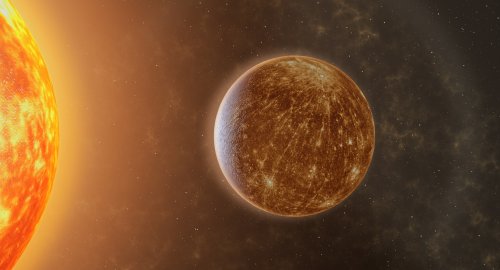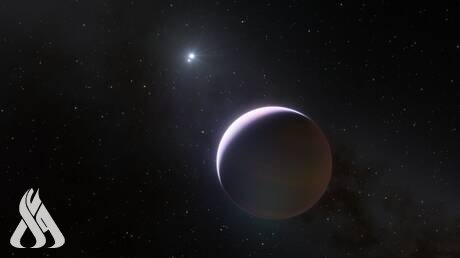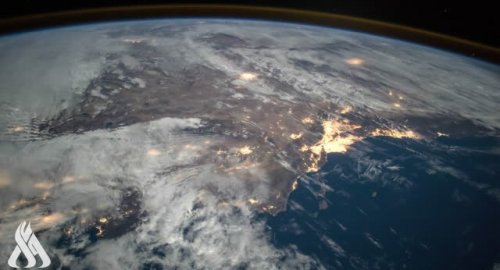
Mercury Hides Diamonds Under Its Surface

- 20-07-2024, 19:56
Follow up - INA
A new study has shown that the planet Mercury may contain a thick layer of diamonds hundreds of miles below its surface.
The findings, published in the journal Nature Communications, could help solve mysteries about the planet’s composition and its strange magnetic field.
Scientists have been puzzled by the planet for decades, as it has a weak magnetic field (only 1 per cent as strong as Earth’s) and a massive core for its tiny size. Now, scientists have discovered intriguing new details about the planet. The new study suggests that the boundary of Mercury’s core-mantle includes a layer of diamond.
A NASA spacecraft recently visited Mercury, the first time it has done so in 30 years, and mapped the entire planet, revealing that its surface is rich in carbon.
Scientists thought they were looking at remnants of an ancient layer of graphite that had been pushed up to the surface.
The theory suggests that Mercury once had a magma ocean with a lot of carbon, and as the planet cooled, this carbon formed a graphite crust.
Scientists have long suspected that the temperature and pressure of the mantle were the right conditions for carbon to form graphite, and because it is lighter than the mantle, graphite appeared on the surface.
But newer evidence suggests that Mercury’s mantle maybe 80 miles (50 kilometres) deeper than previously thought. That means the pressure and temperature at the core-mantle boundary are much higher, and these extreme conditions could force carbon to crystallize and form diamonds.
Scientists used a combination of high-pressure and temperature experiments and thermodynamic modelling to study the planet’s interior and were able to achieve pressure levels seven times those found in the deepest parts of the Mariana Trench (the deepest point on Earth, where pressure is 1,000 times greater than at sea level).
Scientists believe the diamond layer is between 15 and 18 kilometres (9 and 11 miles) thick.
Scientists believe that the crystallization of Mercury's core led to the formation of a layer of diamonds at the boundary between the core and the mantle, but it is currently inaccessible. The minerals are buried about 485 kilometres (300 miles) below the surface, and space explorers will first have to contend with the planet's intense heat.
Duhok of Iraq and Qadsia of Kuwait match kicks off
- Sport
- 25/04/15
Four Daesh terrorists detained in Salahuddin
- Security
- 25/04/14
Two ISIS hideouts destroyed, killing those inside in Salah al-Din
- Security
- 25/04/13
Date Set for 'El Clasico' Final of the Copa del Rey
- Sport
- 25/04/12












